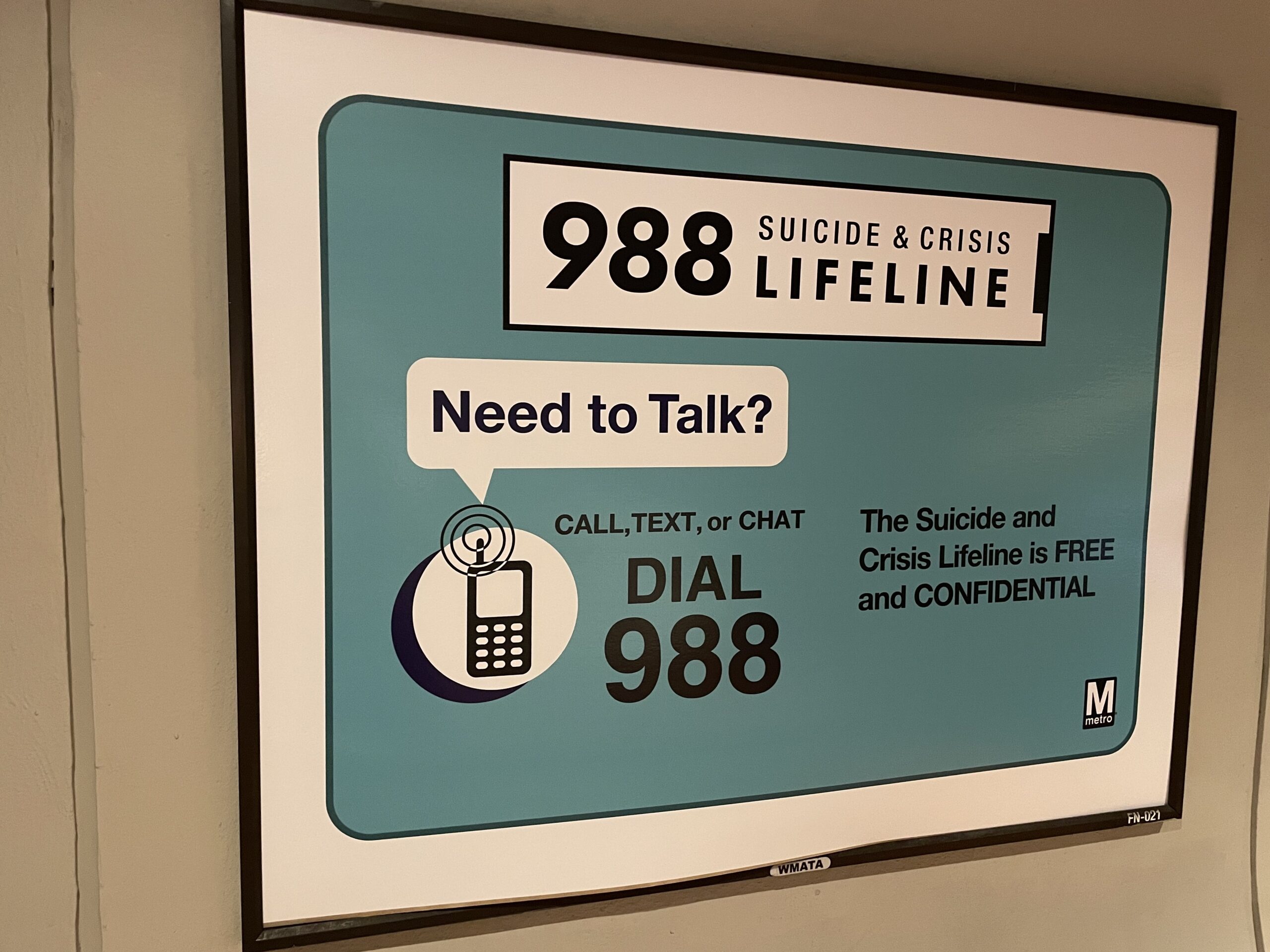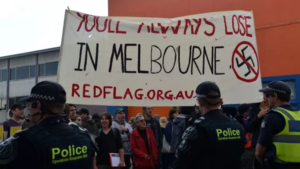https://www.sciencedirect.com/science/article/abs/pii/S0193953X2400025X?dgcid=author
John Draper PhD a
, Richard T. McKeon PhD, MPH baBehavioral Health Link, Inc, 7423 Narrows Avenue, Brooklyn, NY 11209, USAbCenter for Mental Health Services, SAMHSA, 988 and Behavioral Health Crisis Coordinating Office, 5600 Fishers Ln, Rockville, MD 20852, USA
Section snippets
Key points
- •In the twentieth century, community crisis and suicide prevention efforts were not integrated into community mental health care systems. Rather, behavioral health crises were primarily managed either through public safety response systems or anonymous crisis hotlines.
- •At the beginning of the twenty-first century, the Substance Abuse and Mental Health Services Administration (SAMHSA) grant-funded the networking, certification, and evaluation of crisis hotlines. This effort led to the
Brief history of crisis and suicide prevention hotlines in the United States
Throughout the twentieth century, in the United States, custodial approaches—law enforcement and institutionalization—were the primary means for communities responding to individuals experiencing mental health and suicidal crises.3,4 As public safety responses reinforced the long-standing stigma and discrimination associated with mental health crises, crisis hotlines began to spring up in the mid-twentieth century as an alternative means for people in crisis to seek help. A crisis service that
Substance Abuse and Mental Health Services Administration grant to network and certify crisis hotlines
In 2001, congressional funding was provided to SAMHSA to establish a national network of crisis hotlines, linked to a single toll-free number, to effectively reach and serve all persons at risk of suicide across the United States.12 The grant administrator’s “networking and certifying” objectives included
- •Building a network infrastructure of independently operated and funded local crisis call centers in every state. Calls to a national toll-free line would be connected to providers nearest to
Lifeline evaluation findings
Perhaps the most influential requirement at the conception of the SAMHSA hotline grant was dedicating network center participation to ongoing evaluation efforts to continuously improve crisis services. In the first 20 years of the grant, 68 network centers participated in 15 studies published in peer-reviewed journals. The published works and Fig. 1 illustrate the iterative process through which Lifeline center practices are implemented, evaluated, and refined to continuously improve service
National standards and practices
Toward developing consensus approaches to actualize the 3 main recommendations emerging from the initial SAMHSA-funded hotline evaluations, the Lifeline formed in 2005 a national advisory group now referred to as the STPC. The STPC included project evaluators and other leading suicide prevention researchers, practitioners, and crisis center directors from around the country. Following are among the most prominent standards, guidelines, and practices that ultimately emerged from the ongoing
Lifeline network expansion before 988
Spurred by evaluations showing the Lifeline’s effectiveness, federal and national stakeholders continued to build on the service. In 2006, Lifeline launched a specialized service option for Spanish language callers to the service in 2006, followed by the Veteran Administration’s Veterans Crisis Line (VCL) in 2007 for current and past members of military service (“press 1”). Approximately 1 of every 4 callers to the Lifeline pressed 1 for assistance in the VCL’s first decade.13 Similar to the
Federal Action to Implement 988
Recognizing suicide as a major public health priority, Senator Orrin Hatch and Representative Chris Stewart of Utah introduced the National Suicide Hotline Improvement Act of 2018 with near unanimous bipartisan Congressional support. The Act required the FCC to coordinate with SAMHSA and the Department of Veterans Affairs (VA) to study the effectiveness, impact, and feasibility of establishing a 3-digit number for the National Suicide Prevention Lifeline, toward promoting immediate access to
Summary
For nearly 40 years, crisis and suicide hotlines of the twentieth century were largely viewed as services on the periphery of behavioral health care. Beginning in the twenty-first century, federal funding to network, certify, evaluate, and promote suicide hotlines facilitated greater awareness and credibility for these vital, lifesaving services. The evidence of the National Suicide Prevention Lifeline network’s effectiveness was central to the federal government assuring its greater
Clinics care points
- •Suicide risk assessments should assess for an individual’s desire for suicide (thoughts, etc.), intent for suicide (plans, preparatory behaviors, etc.), capability (past attempts, available means, etc) and buffers against suicide (reasons for living, etc.).
- •For effective crisis counseling with individuals in suicidal crisis, establishing good contact (rapport, empathy, etc.) and collaborative problem solving (safety planning, etc.) are essential to good outcomes.
- •For persons at imminent risk of
Disclosure
The content, views and opinions of the authors in this manuscript do not necessarily represent the views of Behavioral Health Link, Inc. nor the Substance Abuse and Mental Health Administration or any other branch of the U.S. Government.
First page preview
Click to open first page preview
References (54)
- P.C. Britton et al.Veterans crisis line call outcomes: distress, suicidal ideation, and suicidal urgencyAm J Prev Med(2022)
- Federal Communications Commission, Report on the national suicide hotline improvement act of 2018, 2019, Wireline…
- Substance Abuse and Mental Health Services Administration, 988 Appropriations Report to Congress. 117th Congress,…
- S.S. SharfsteinWhat ever happened to community mental health?Psychiatr Serv(2000)
- H.R. Lamb et al.The police and mental healthPsychiatr Serv(2002)
- R.E. Litman et al.Suicide prevention telephone serviceJAMA(1965 April 5)
- G.W. BrockoppSeven Predictions for SP in the 70’sCrisis Interv(1970)
- History of the American Association of Suicidology, American Association of Suicidology, Available at:…
- R.K. McGee et al.The Delivery of Crisis Intervention Services
- A community-based comprehensive psychiatric crisis response service(2005)
View more references




